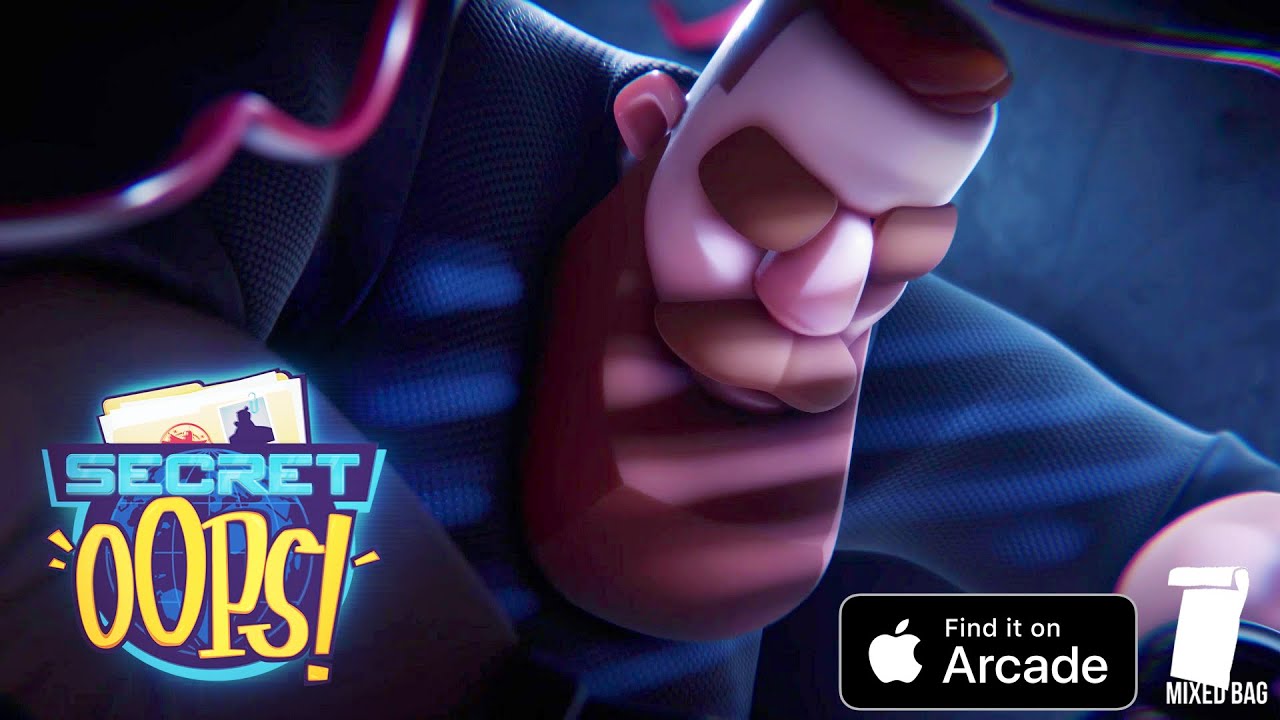My work
- Pitched, designed, and implemented game mechanics and systems.
- Built prototypes in Unreal Engine and Unity based on concepts of mechanics and games.
- Designed, created, and implemented game levels and features using in-house tools.
- Tested for finding bugs and iterated on implemented mechanics based on user feedback
Project specifications
- Third Person puzzle game
- Augmented reality game for IOS
- 1-4 players
- Cooperative
- Made in Unity
Secret Oops! is an innovative cooperative local mobile multiplayer Augmented Reality game where players must collaborate to make the protagonist reach the end of the level without being discovered. Each player can intervene by tapping and disabling traps through the smartphone. Traps might affected by each other or require multiple players to be switched off, so all partecipants must cooperate to win.
My work on Secret Oops! Lasted for almost a year and it was one of the temporary roles I worked in when I started working in the industry. At the time, Mixed Bag was a small-sized studio (less than 15 people worked in it), so it was an indie production for an important client such as Apple.
When I joined the studio there was no hierarchical structure, but all designers were managed directly by the Creative Director. This led to a bit of confusion in terms of areas of ownership and, unfortunately, due to internal issues the more experienced designers left before I joined, so there was limited creative direction and pipelines.
As soon as I joined, I had to wear different hats to cover for several roles:
- I set up a design pipeline to validate features, enforcing a design-owned preproduction stage and prototype standards.
- I took ownership of level layout creation and direction.
- I pitched and designed new game mechanics and features.
- I took part to playtests to collect data and feedback.


Being on a contract and one of the newer members of the studio, this led to some frictions with newly appointed designers that were eager to prove themselves. This had some consequences on the development process: the pipeline was sometimes ignored; design was often done “by heart” instead of according to analytical thinking and a validation process. Some designers also disregarded negative feedback given by testers taking the validation, taking it as a personal offense.
In this environment, I maintained a professional approach and supported my solutions using and explaining design methodologies and building prototypes. I then organized presentations to talk about my proposals and seeking validation from the creative director. Despite the pushback from the colleagues, I was lucky to find a director that supported my approach and was impressed by concepts, which, for the most part, got approved and implemented in the final product.
